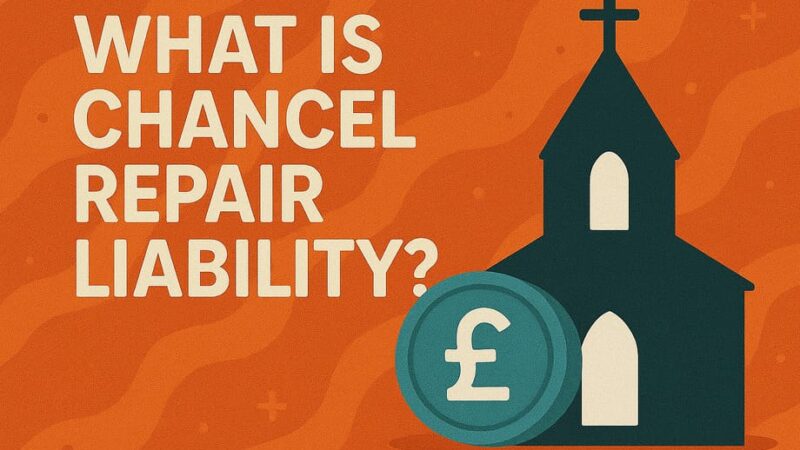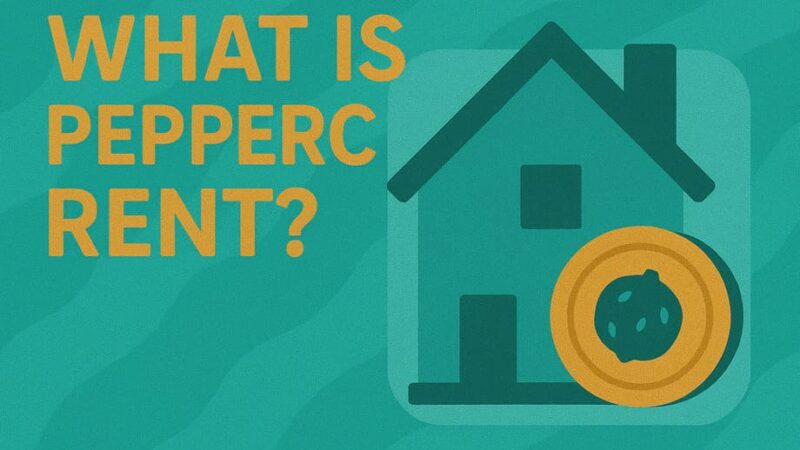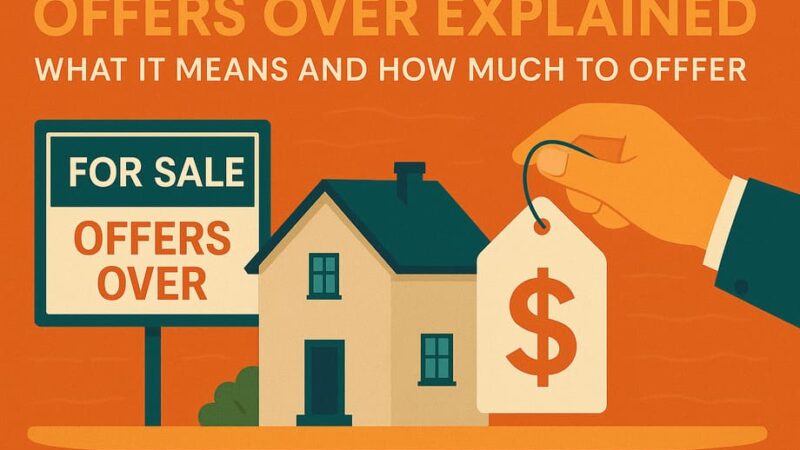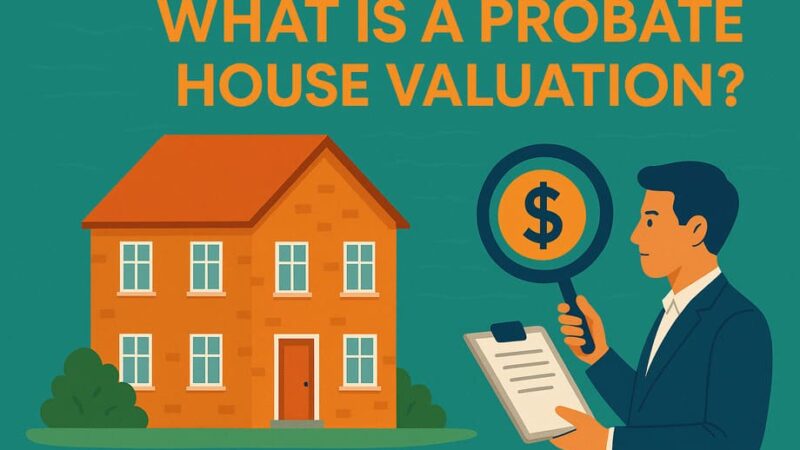The Ultimate Guide to London’s Richest Areas and Most Expensive Neighborhoods in 2025
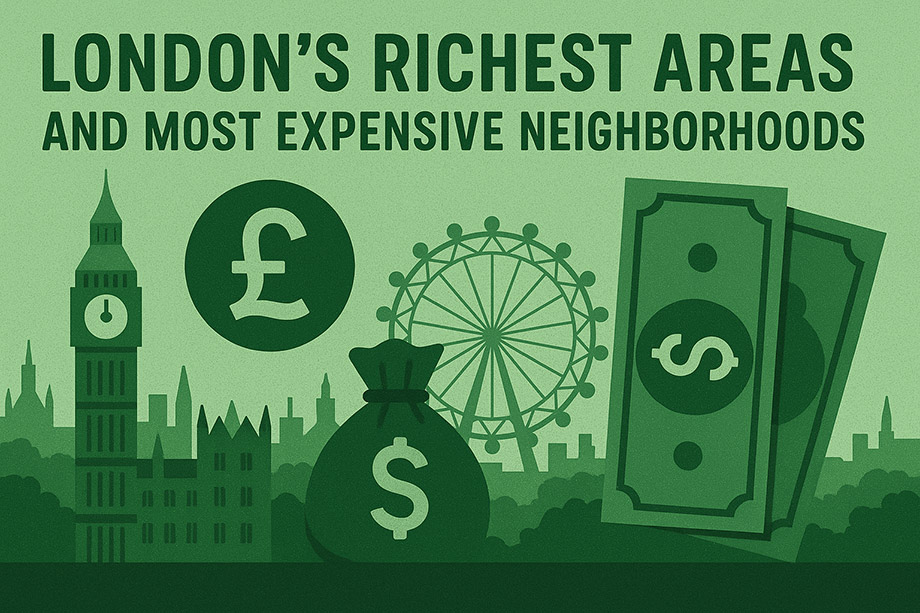
London’s luxury property market continues to captivate investors, residents, and observers worldwide. From Georgian townhouses worth tens of millions to exclusive garden squares where billionaires reside, the capital’s most affluent neighborhoods represent the pinnacle of British luxury living.
Current Market Overview: London Property Prices 2025
According to the ONS UK House Price Index (July 2025):
- London average: £661,000
- UK average: £286,000
- Prime central London: +2.5% annual growth vs +1% across the UK
The concentration of wealth in London’s prime neighborhoods reflects centuries of historical development, strategic location advantages, and sustained investment in infrastructure. These areas don’t just command high prices—they offer unique lifestyle benefits that justify their premium positioning in the global property market.
Top 10 Richest Areas in London (2025 Rankings)
1. Kensington & Chelsea – The Crown Jewel
Average Price: £1.1m (UK HPI, 2025) | Prime Properties: £2-30 million Notable Residents: Prince William, Kate Middleton, Sir Elton John
Kensington and Chelsea consistently ranks as the richest borough in London, known for its high property prices, affluent residents, and prestigious addresses like Kensington Palace Gardens. This royal borough represents the epitome of London luxury, where Victorian elegance meets modern sophistication.
What Makes It Special:
- Home to Kensington Palace (Prince William’s residence) and multiple embassies
- Exceptional transport links via District, Circle, and Piccadilly lines (South Kensington, High Street Kensington stations)
- World-class cultural institutions: Victoria & Albert Museum, Natural History Museum, Science Museum
- Exclusive garden squares: Onslow Square, The Boltons, Pelham Crescent
- Premium shopping: King’s Road, Sloane Street, Harrods nearby
- Top schools: Hill House School, Francis Holland School
- Properties in Kensington Abingdon district average £2,787,500
Dining & Lifestyle:
- Michelin-starred restaurants: Restaurant Gordon Ramsay, Dinner by Heston Blumenthal
- Historic pubs: The Anglesea Arms, The Builders Arms
- Hyde Park and Kensington Gardens on the doorstep
- Royal Albert Hall for world-class performances
Investment Highlight: Luxury properties often exceed £10 million, with consistent price appreciation making it a cornerstone of London’s prime property market.
2. Westminster – Political and Cultural Heart
Average Price: £977k (ONS, 2025)
Westminster includes some of London’s most iconic neighborhoods: Mayfair, Belgravia, and St. James’s.
Mayfair: The Billionaire’s Playground
Property Price Range: £4-20 million (3-bedroom flats: £7-12 million) Notable Residents: Madonna, Paul McCartney, Simon Cowell Safety Record: 52 incidents per 1,000 residents (one of London’s safest areas)
Mayfair stands as one of London’s most exclusive areas, with 93% of homes listed for sale priced at £1 million or more. This Georgian enclave has attracted celebrities, business leaders, and international investors for generations.
Key Features:
- Historic Georgian architecture with modern luxury amenities and private lifts
- Proximity to Bond Street shopping (Hermès, Louis Vuitton, Cartier)
- West End theaters within walking distance (5-10 minutes)
- Private members’ clubs: White’s, Brook’s, The Athenaeum
- Art galleries and auction houses: Sotheby’s, Christie’s, Gagosian Gallery
- Transport: Bond Street (Central/Jubilee), Green Park (Piccadilly/Victoria/Jubilee)
- Schools: International School of London, Davies Laing & Dick College
Dining & Entertainment:
- Michelin-starred dining: Sketch, Helene Darroze, Fera at Claridge’s
- Historic hotels: Claridge’s, The Connaught, The Dorchester
- Berkeley Square and Grosvenor Square garden access
- Exclusive shopping: Savile Row bespoke tailoring, Burlington Arcade
Belgravia: Architectural Grandeur
Belgravia represents one of London’s most architecturally cohesive neighborhoods, where Thomas Cubitt’s Regency vision remains largely intact.
Distinctive Elements:
- Uniform Georgian and Regency architecture designed by Thomas Cubitt
- Garden squares: Belgrave Square, Eaton Square, Chester Square
- Embassy row location (German, Norwegian, Portuguese embassies)
- Boutique hotels: The Lanesborough, Conrad London St. James
- International diplomatic community presence
- Transport: Victoria Station (2-minute walk), Hyde Park Corner (Piccadilly)
Lifestyle & Amenities:
- Fine dining: Pétrus by Gordon Ramsay, Muse by Tom Aikens
- Exclusive shopping: Motcomb Street boutiques, Elizabeth Street
- Private gardens with key access for residents
- Proximity to Buckingham Palace and royal events
- Wellington Arch and Hyde Park Corner monuments nearby
3. Camden – Village Charm Meets Urban Sophistication
Average Price: £800k+ estimated
Hampstead: The Most Expensive Street in London
Winnington Road in Hampstead is officially the most expensive street in London and the UK, highlighting the area’s exceptional market position.
Hampstead’s Appeal:
- Hampstead Heath: 800 acres including Parliament Hill with panoramic London views
- Village-like atmosphere: Flask Walk, Church Row, Fenton House
- Independent shops and cafes: Daunt Books, La Crêperie de Hampstead
- Excellent schools: University College School, St Anthony’s Prep
- Historic architecture: Georgian mansions, garden squares, mews houses
- Transport: Hampstead (Northern Line), Belsize Park, Finchley Road
- Cultural venues: Everyman Cinema, Hampstead Theatre
Notable Attractions:
- Kenwood House with art collection and lakeside walks
- Hampstead Pergola and Hill Garden (secret gardens)
- Historic pubs: The Holly Bush, The Spaniards Inn
- Swimming ponds on Hampstead Heath (men’s, women’s, mixed)
- Literary heritage: former homes of John Keats, D.H. Lawrence
4. Hammersmith & Fulham
Average Price: £750k+ estimated
Key Areas: Fulham, Brook Green, Parsons Green – popular with young professionals and families.
What Makes It Desirable:
- Excellent transport links: Fulham Broadway (District), Parsons Green (District)
- Proximity to Chelsea and central London (20 minutes)
- Family-friendly with good schools: The Harrodian School, Fulham Prep
- Fulham Palace and Bishop’s Park with riverside walks
- Vibrant dining scene on New King’s Road and Fulham Road
- Sports facilities: Fulham FC, Queen’s Club Tennis Championships
5. Islington
Average Price: £720k+ estimated
Key Areas: Canonbury, Barnsbury, Upper Street – significantly gentrified over the past decade.
Attractions & Amenities:
- Upper Street: bustling dining and entertainment hub with 200+ restaurants
- Transport: Angel (Northern), Highbury & Islington (Victoria/National Rail)
- Cultural venues: Almeida Theatre, Union Chapel, Screen on the Green cinema
- Independent shopping: Camden Passage antiques market
- Excellent schools: City of London School for Girls, Hugh Myddelton Primary
- Green spaces: Highbury Fields, Spa Fields Park
6. Richmond upon Thames – Riverside Luxury
Average Price: £700k+ estimated
Richmond offers a unique combination of historical significance, natural beauty, and modern luxury amenities.
Key Features:
- Richmond Park: 2,500 acres with wild deer, Isabella Plantation
- Thames riverside properties: Richmond Bridge, Petersham Meadows views
- Historic Richmond Palace ruins and connections to Henry VIII
- Village-like high street: independent boutiques, antique shops, cafes
- Transport: Richmond Station (District Line, National Rail to Waterloo)
- Top schools: The American School in London, Richmond upon Thames College
Lifestyle & Recreation:
- Kew Gardens (UNESCO World Heritage Site) – 10 minutes away
- Richmond Theatre and Orange Tree Theatre
- Riverside walks: Thames Path, Richmond Lock and Weir
- Richmond Hill with protected views over Thames valley
- Ham House and Gardens (National Trust property)
- Michelin dining: Petersham Nurseries Restaurant
7. Wandsworth
Average Price: £690k+ estimated
Popular Areas: Battersea, Clapham Junction, Putney – attracting young professionals and families.
Key Features:
- Battersea Park: 200-acre park with boating lake and Peace Pagoda
- Clapham Junction: major transport hub with connections across London
- Putney Bridge and riverside walks along Thames Path
- Excellent schools: Emanuel School, Putney High School
- Emerging area: Nine Elms regeneration with new US Embassy
- Sports: Wimbledon nearby, rowing clubs on Thames
8. Lambeth
Average Price: £670k+ estimated
Growing Areas: Clapham, Vauxhall, Waterloo – major regeneration attracting investors.
Development Highlights:
- South Bank cultural quarter: National Theatre, Tate Modern, London Eye
- Vauxhall: new high-rise developments and Embassy Gardens
- Clapham Common: 220 acres of green space and trendy bar scene
- Excellent transport: Waterloo (major rail hub), Vauxhall (Victoria Line)
- Food scene: Borough Market (weekends), Maltby Street Market
- Schools: Dulwich College nearby, Vauxhall Primary
9. Southwark
Average Price: £665k+ estimated
Prime Areas: Bermondsey, Borough, London Bridge – luxury riverside developments.
Notable Features:
- Thames riverside luxury developments: One Tower Bridge, The Shard residences
- Borough Market: 1000-year-old food market (weekends)
- Cultural attractions: Tate Modern, Shakespeare’s Globe, HMS Belfast
- Transport: London Bridge (Northern/Jubilee), Borough (Northern)
- Historic pubs: George Inn, Anchor Bankside
- Schools: Cathedral School, Snowsfields Primary
10. Hackney
Average Price: £660k+ estimated
Trendy Areas: Shoreditch, London Fields, Hackney Central – transformed into creative hotspot.
What’s Drawing People:
- Shoreditch: tech hub with Silicon Roundabout startups
- London Fields: outdoor lido, weekend markets, gastro pubs
- Excellent transport: Old Street (Northern), Bethnal Green (Central)
- Creative scene: Rich Mix arts center, Hackney Empire theatre
- Food & drink: Broadway Market, Columbia Road Flower Market (Sundays)
- Victoria Park: largest park in East London with festivals and events
Additional Prime London Neighborhoods
Knightsbridge: Luxury Shopping and Living Combined
Property Price Range: £4-25 million in 2025 Notable Residents: Roman Abramovich, David & Victoria Beckham, Nicole Kidman Crime Rate: Extremely low, with 24/7 security presence
The Harrods Effect:
- Immediate access to Harrods (330 departments) and Harvey Nichols
- Hyde Park frontage properties with direct park access
- International schools: Hill House International, Institut Français
- Excellent transport: Knightsbridge Station (Piccadilly Line)
- Designer shopping: Sloane Street (Prada, Chanel, Gucci)
Luxury Living Features:
- One Hyde Park: world’s most expensive apartment building
- 24/7 concierge and security services
- Private underground parking and wine storage
- Michelin-starred dining: Dinner by Heston, Marcus Wareing
- Luxury spas: ESPA Life at Corinthia, Mandarin Oriental Spa
- Historic venues: Hyde Park Barracks, Wellington Arch nearby
Chelsea: Creative Heritage Meets Modern Luxury
Chelsea’s transformation from an artistic enclave to a billionaire’s paradise demonstrates London’s evolving luxury market.
Notable Features:
- King’s Road shopping and dining scene (350+ shops and restaurants)
- Riverside properties: Cheyne Walk with Thames views and historic blue plaques
- Historic pubs and galleries: The King’s Head & Eight Bells, Saatchi Gallery
- Chelsea Physic Garden: 400-year-old botanical garden
- Transport: Sloane Square (District/Circle), South Kensington, Fulham Broadway
- Schools: Hill House School, Thomas’s London Day Schools
Cultural Heritage:
- Former residents: Oscar Wilde, Mick Jagger, Margaret Thatcher
- Chelsea Flower Show venue (Royal Hospital Chelsea)
- Royal Hospital Chelsea: historic military hospital and pensioners
- National Army Museum and Chelsea Old Church
- Cadogan Hall for classical music performances
- Boutique hotels: The Cadogan, The Draycott
Notable Fact: Tite Street was crowned the UK’s most expensive street in 2022, with average house prices of £28.9 million.
Notting Hill: Cinematic Charm and Real Estate Gold
One of the richest neighborhoods for those preferring to live further from the city center.
Neighborhood Highlights:
- Portobello Road Market: Europe’s largest antiques market (Saturdays)
- Garden squares and private communal gardens with resident key access
- Strong community feel: Notting Hill Carnival (August), local festivals
- Diverse architectural styles: Georgian terraces, Victorian villas, modern conversions
- Transport: Notting Hill Gate (Central/District/Circle), Ladbroke Grove
- Schools: Pembridge Hall, Ladbroke Square Montessori
Cultural Scene:
- The Electric Cinema: luxury independent cinema since 1910
- Graffik Gallery and contemporary art spaces
- Holland Park: Japanese garden, peacocks, opera house
- Independent bookshops: Books for Cooks, Travel Bookshop
- Trendy dining: The Ledbury (2 Michelin stars), Dishoom, Core by Clare Smyth
- Historic pubs: The Churchill Arms, The Ladbroke Arms
What Makes These Areas So Expensive
Market Drivers
- Global Demand – International buyers continue investing in prime central London
- Limited Housing Supply – Strict planning rules protect historic architecture
- Lifestyle & Prestige – World-class schools, culture, and shopping
- Transport & Connectivity – Easy access to central London, airports, and business hubs
- Historical Price Appreciation – Consistent value growth over time
Cultural and Lifestyle Benefits
Cultural Access:
- World-class museums and galleries within walking distance
- Theater district proximity for entertainment
- Exclusive dining establishments and private clubs
- Art market access through galleries and auction houses
Educational Opportunities:
- Top-tier private schools and international institutions
- University access including Imperial College and Royal College of Art
- Cultural education through museum programs
Transport Connectivity and Accessibility
These neighborhoods benefit from exceptional transport links:
Underground Access:
- Multiple tube lines serving each area
- Central London connectivity within minutes
- Direct links to major airports
- Night tube services for extended hours
Road Networks:
- Major arterial road access
- Proximity to M25 orbital motorway
- Private parking availability
Investment Considerations
Market Trends and Future Outlook
Understanding the factors driving value in these neighborhoods helps investors make informed decisions:
Price Drivers:
- Limited supply of prime properties
- International demand from global investors
- Historical price appreciation patterns
- Infrastructure improvements and transport links
Risk Factors to Consider
- Regulatory changes affecting foreign investment
- Economic uncertainty impacting luxury markets
- Maintenance costs for historical properties
- Market liquidity considerations
Future Outlook
Understanding the factors driving value in these neighborhoods helps investors make informed decisions about long-term potential and market dynamics.
Budget Considerations: While these areas represent the pinnacle of London luxury, investors and buyers looking for more accessible entry points should explore London’s most affordable property hotspots, which offer growth potential at lower price points.
Property Search Tips: When researching properties in these exclusive areas, it’s worth exploring multiple platforms beyond the mainstream options. Our guide to Rightmove alternatives covers specialist luxury property portals that often feature exclusive listings in prime London locations not widely advertised elsewhere.
Security and Safety
Premium security features across these areas include:
- Private security services and concierge systems
- CCTV coverage throughout prime neighborhoods
- Police presence and rapid response times
- Building access controls and doorman services
Safety Statistics: Mayfair maintains a crime rate of approximately 52 incidents per 1,000 residents, making it one of the safest areas in London.
Frequently Asked Questions
Which is the richest area in London in 2025?
Kensington & Chelsea remains the richest area, with an average property price of around £1.1 million.
What percentage of homes in prime London areas cost over £1 million?
According to recent data, 43% of all homes listed in prime London areas are priced at £1 million or more, with Mayfair leading at 93%.
Which street is the most expensive in London?
Winnington Road in Hampstead is officially the most expensive street in London and the UK, while Tite Street in Chelsea was the UK’s most expensive in 2022 with average prices of £28.9 million.
How safe are London’s richest areas?
Very safe – Mayfair has only 52 incidents per 1,000 residents, while Kensington experiences about 60 incidents per 1,000 residents, primarily property crimes.
What is the UK average house price compared to London?
The UK average is £286,000, less than half the average London property (£661,000)
Conclusion: The Enduring Appeal of London’s Richest Areas
London’s most expensive neighborhoods continue to attract global attention for compelling reasons. Beyond their financial value, these areas offer unparalleled lifestyle benefits, cultural richness, and historical significance.
The combination of architectural heritage, strategic location, cultural institutions, and lifestyle amenities ensures these areas maintain their position as London’s most desirable addresses. While property prices may fluctuate, the fundamental appeal of these neighborhoods—their history, culture, and exclusivity—remains constant.
For investors and residents alike, London’s richest areas represent more than real estate investments; they offer membership in communities that have shaped British culture and continue to influence global luxury markets. The key to success in these markets lies in understanding not just current pricing, but the deeper factors that make these neighborhoods irreplaceable.
For the most accurate, up-to-date property figures, always refer to the ONS and the UK House Price Index before making property decisions.
Last Updated on September 19, 2025 by James Cartwright


